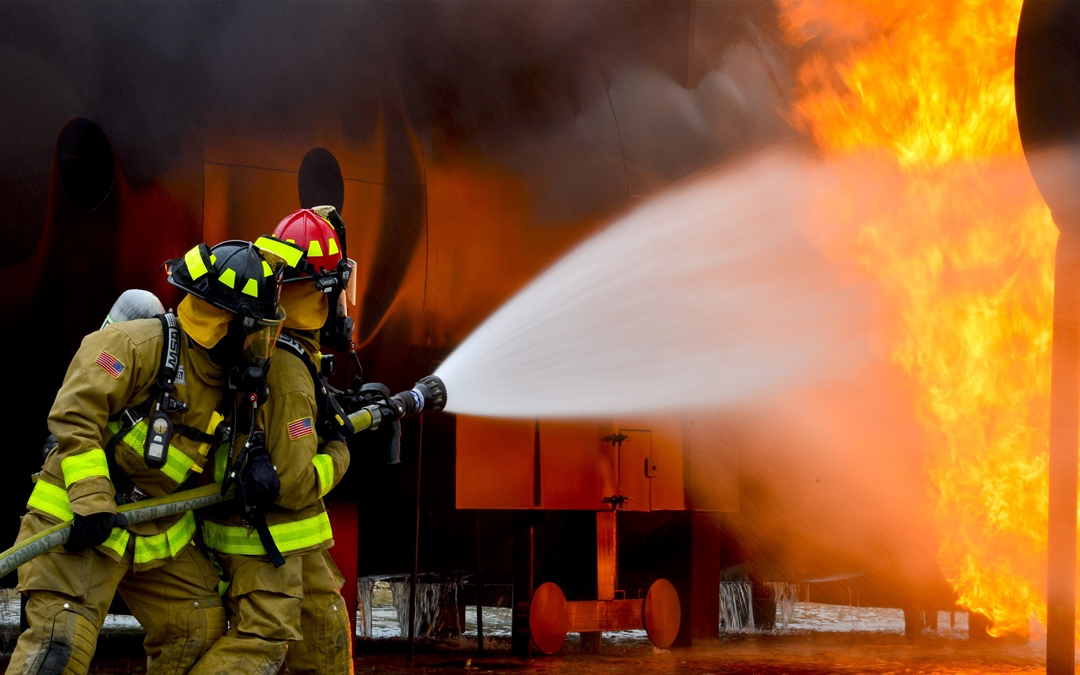Own a gym? Unsure on regulations?
If you own or manage a gym, it is essential to ensure you understand fire exit regulations and have the measures in place that will provide your customers, employees and building with sufficient prevention against fire.
A large element of this is the placement of a designated fire exit, clearly specified in the Regulatory Reform (Fire Safety) Order 2005, which is the most relevant piece of fire legislation that came into effect in 2006.
If you are still unsure of the importance, consider the Fire and Rescue Services in the UK attended 212,500 fires in 2013-2014, the most recent period accounted for by the government. It is obligatory that you give your members the confidence of knowing that your gym has a clear fire safety policy which is the result of a fire risk assessment plan, and there is no better way of demonstrating this than a properly signed designated fire exit door.
Part Two, Section 14
Part two, Section 14 of the regulations states that the responsible person – who must be designated to be responsible for fire safety in any non domestic property – should include a fire exit as part of their plans: “Where necessary in order to safeguard the safety of relevant persons, the responsible person must ensure that routes to emergency exits from premises and the exits themselves are kept clear at all times.”
There are also a number of other considerations that the responsible person must take into account, according to the Regulatory Reform (Fire Safety) Order 2005. These include ensuring that emergency routes and exits lead “as directly as possible” to a safe place and that the exit makes it possible for the inhabitants of the premises to evacuate “as quickly and as safely as possible” in a dangerous event.
How many fire exits should I have?
How many fire exits you have in your gym will come down to the “use, equipment and dimensions of the premises and the maximum number of persons who may be present there at any one time”, as required in the regulations, and the same goes for the dimensions of the door itself.
Revolving doors or sliding doors will not do, and are specifically banned from being used as emergency exits by the regulations. Another element worth bearing in mind is that the emergency exit must face “in the direction of escape”, so doors which require escapees to double back on themselves on the way to leaving the gym might not be permissible.
Don’t lock it up!
Also, the fire exit must be easily opened, and not fastened or locked in any way. It should also be clearly indicated by a sign, with routes that require illumination requiring “emergency lighting of adequate intensity in the case of failure of their normal lighting”. In terms of how your signs should look, the words ‘FIRE EXIT’ are of course essential, and this can also be supplemented with ‘KEEP CLEAR’ in order to remind gym goers to keep their bags and equipment well out of the way of the fire exit door.
If you are in the process of setting up a new gym, or are getting your fire safety procedures up to scratch in your existing premises, it all starts with a fire safety risk assessment. The government has produced several helpful guides on the best ways of going about this, including the Five Step Checklist and Making Your Premises Safe From Fire. They act as a useful starting point to your planning.
Last but not least, ensure you use a door installation specialist that can act as a consultancy on the best kind of fire safety exit to consider, such as a steel security fire exit door.
Click here for a more detailed guide on fire exit door regulations for businesses or here for a detailed guide on fire door regulations. If you don’t know the difference between a fire door and fire exit door, click here.



